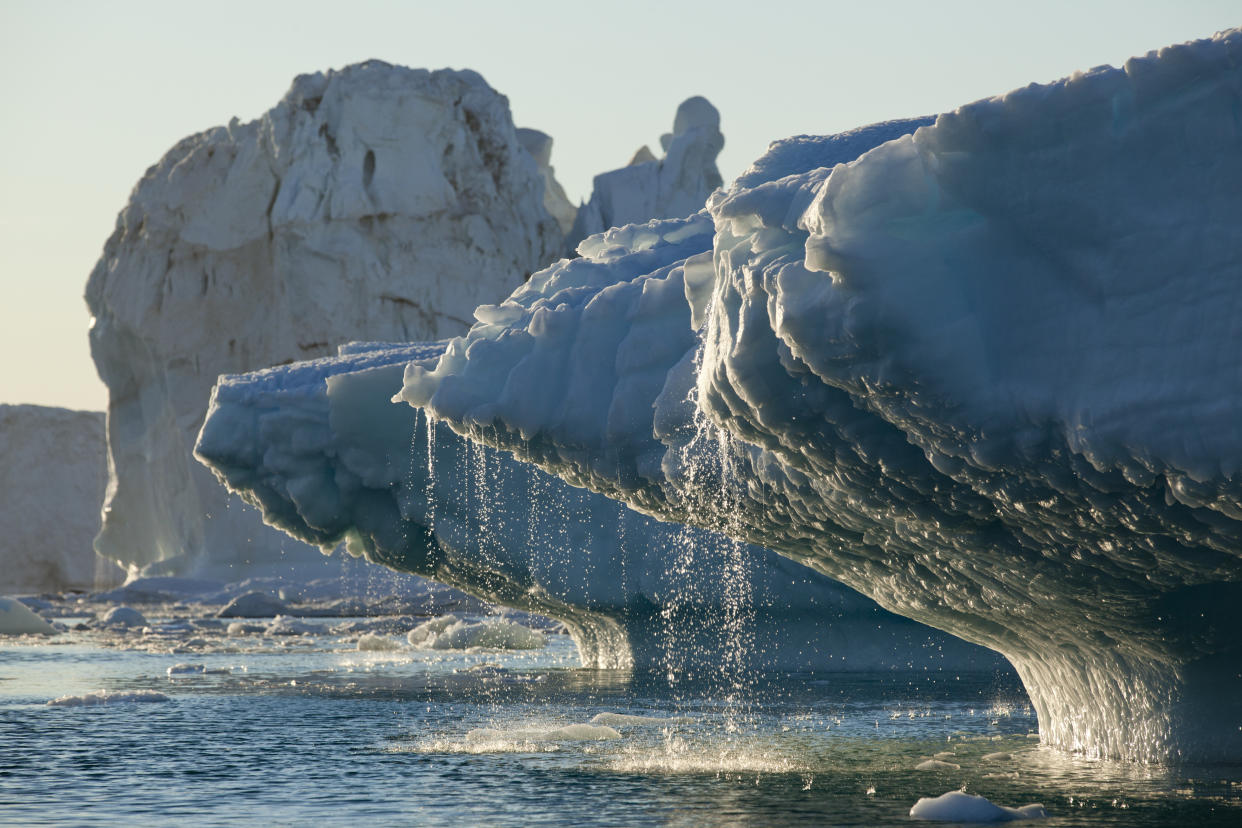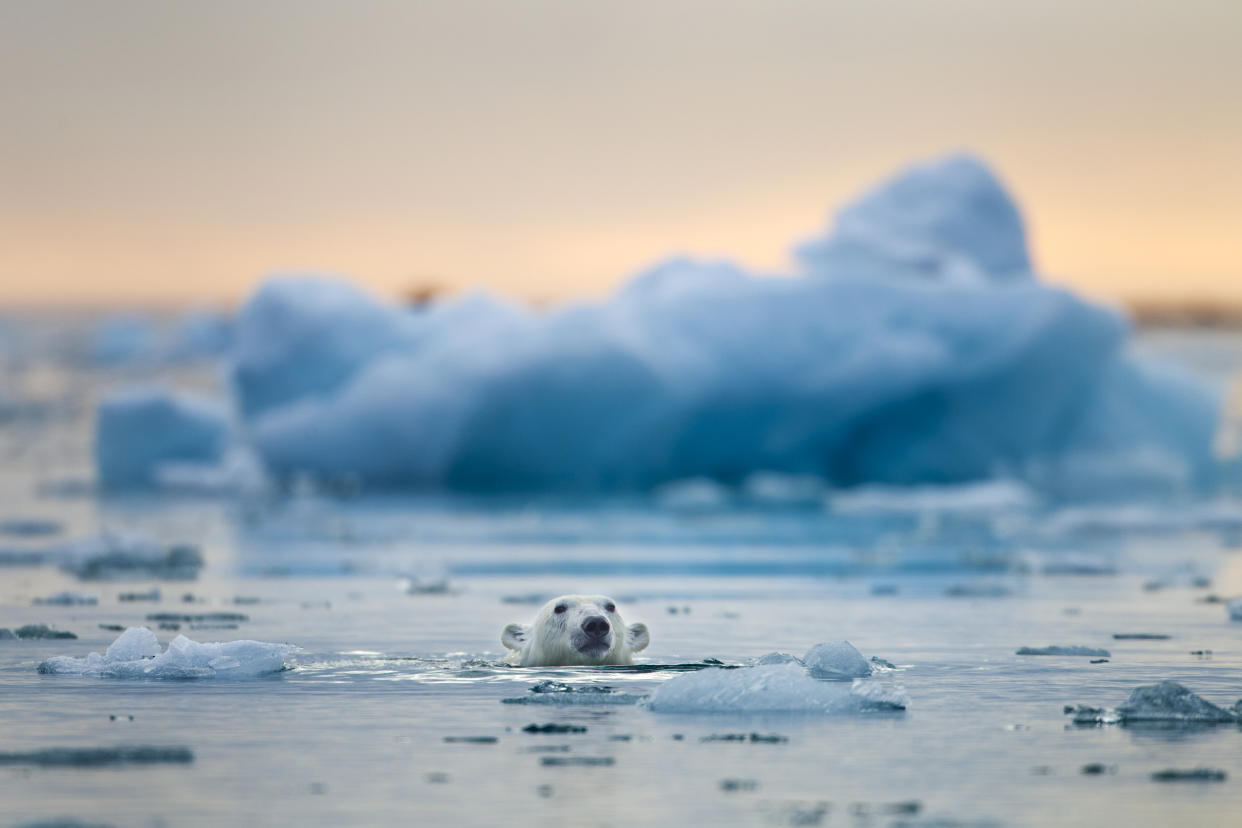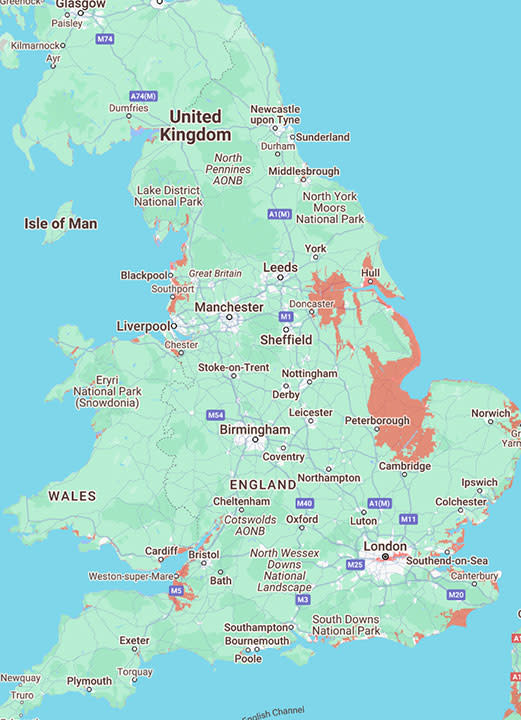Startling facts from bombshell sea level rise report

A new report released by the UN’s Climate Action Team this week has highlighted how real the risks of rising sea levels are, with UN Secretary-General António Guterres warning that “the surging seas are coming for us all”.
The report, Surging Seas In A Warming World, finds that sea levels are rising at a rate not seen in the last 3,000 years - and that even if emissions are slowed significantly, the world could hit irreversible climate ‘tipping points’ such as the melting of the Antarctic ice sheets.
Factors such as ‘tipping points’ mean that the seas could rise far faster and higher than people expect, the report warns.
Guterres said in a speech at a Pacific islands forum this week, “Rising seas are a crisis entirely of humanity’s making. The world must act, and answer the SOS before it is too late.”
What are ‘tipping points’ and when could we reach them?
The report says that recent studies have found that any additional heating greater than 1.5C above pre-industrial levels by 2050 increases the risk of ‘tipping point’ events such as the collapse of the West Antarctic Ice Sheet or the Greenland Ice Sheet.

The scientists warn that even temporary overshoots (where temperatures decrease later) could still trigger such devastating ‘tipping points’.
Scientists already monitor two Antarctic glaciers which could potentially trigger a collapse of the West Antarctic Ice Sheet.
Thwaites Glacier is 74,000 square miles, the size of Great Britain, and is thought to be particularly susceptible to climate change. Over the past 30 years, the amount of ice flowing out of Thwaites and its neighbouring glaciers has nearly doubled.
Even now, ice draining from Thwaites into the Amundsen Sea accounts for about four percent of global sea-level rise - as it dumps 50 billion tonnes of ice into the ocean each year - but if the ice sheet collapsed, it could raise global sea levels by up to six feet.
How fast are sea levels rising?
The research shows that new research is raising alarm among scientists that future sea-level rise could actually be far worse than previously anticipated.
The report found that global average sea levels have risen faster since 1900 than over any preceding century in the last 3,000 years
That rate of increase is accelerating.
Since satellite measurements began, the rate of sea level rise has more than doubled, according to the World Meteorological Organization.
The rate has increased from 0.21cm per year between 1993 and 2002 to 0.48cm per year between 2014 and 2023.
Who will be affected?
The low-elevation coastal zone (LECZ) includes areas less than 10m above sea level - and is most likely to be affected by climate change.
The LECZ generates around 14% of global GDP and houses 11% of the world’s population.
Climate change will not just drive increases in sea level, but also increases in extreme weather such as coastal flooding, with extreme ‘once in a century’ weather events expected to happen once every five years by 2100.
London is expected to see a sea level rise of 19 cm by 2050, with authorities having warned of a need to build new flood defences.

Why is it happening?
While most of us are aware that melting glaciers and other ice is triggering a rise in sea levels, there’s another factor at work.
The sea is absorbing most of the heat from global warming - and as it does so, it is expanding, which is driving further sea level rises.
The ocean has absorbed 90% of the excess heat in the Earth system since 1971, driving up ocean temperatures and making water expand.
Between 2006 and 2018, melting land ice contributed 45% to the rise in sea levels, while expanding seawater contributed 39%.
In 2023, sea surface temperatures hit the highest levels ever recorded and it’s expected that the upper 2,000 metres of the sea will continue to warm due to accumulated heat.
This change could be irreversible for hundreds or even thousands of years.


